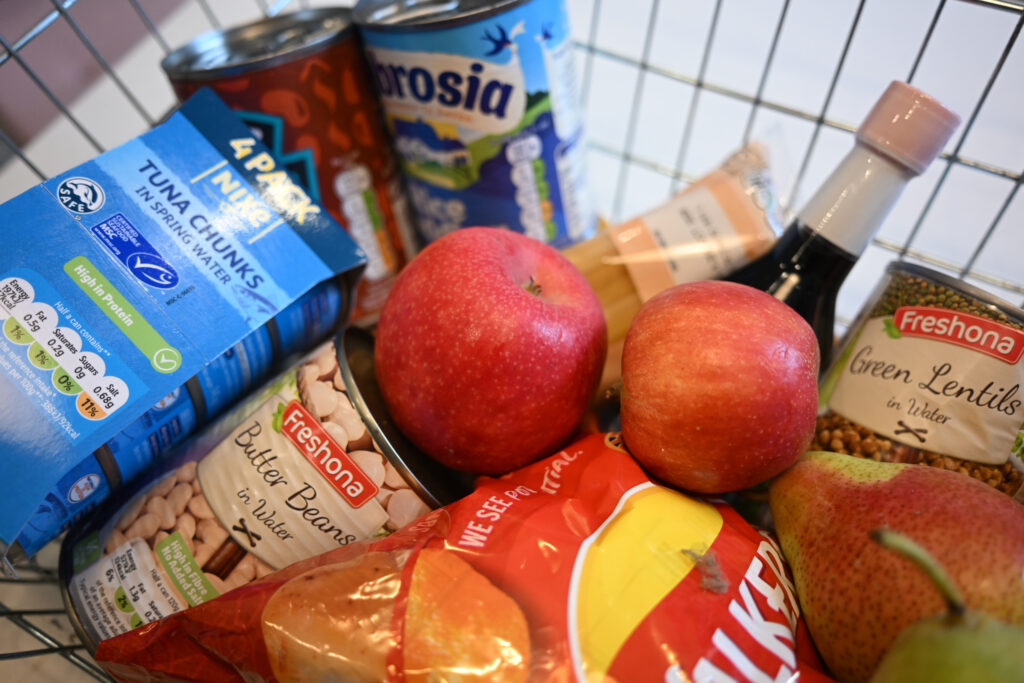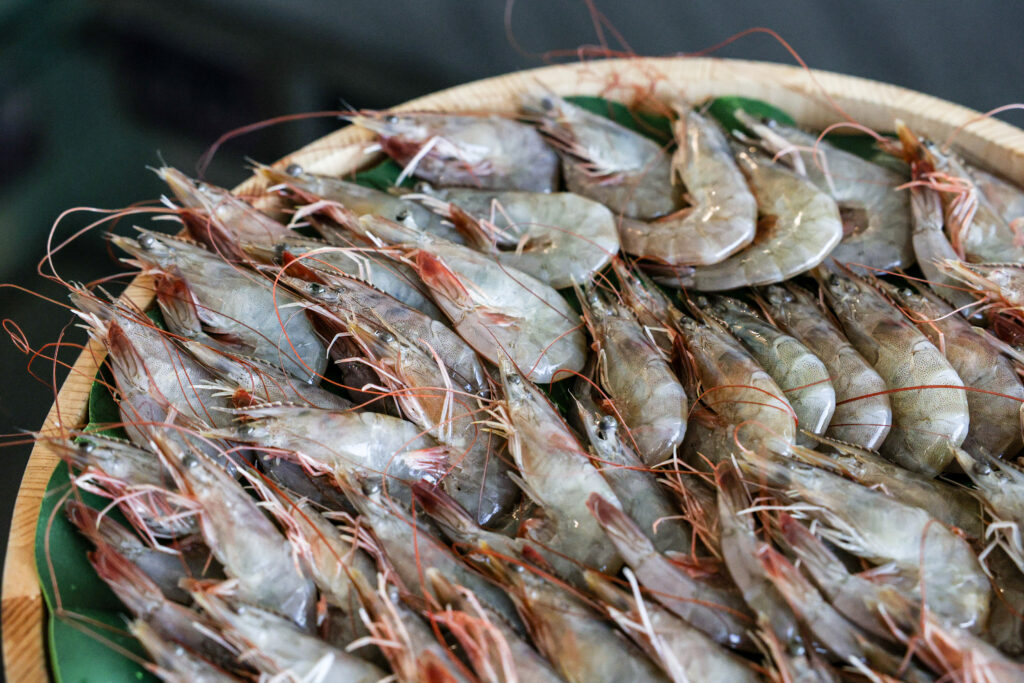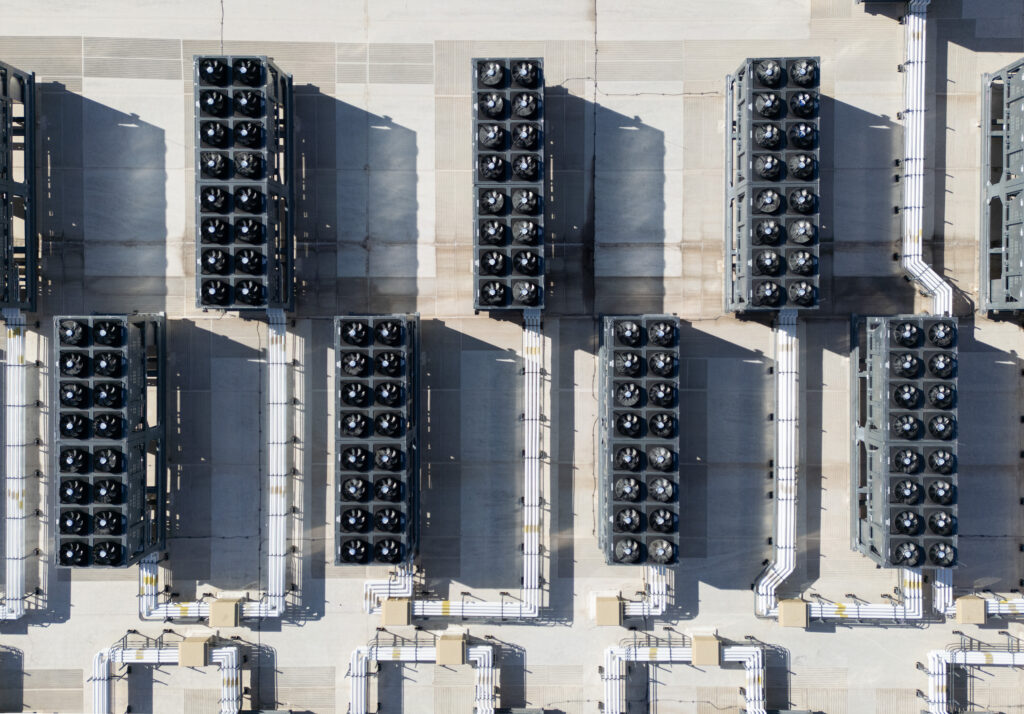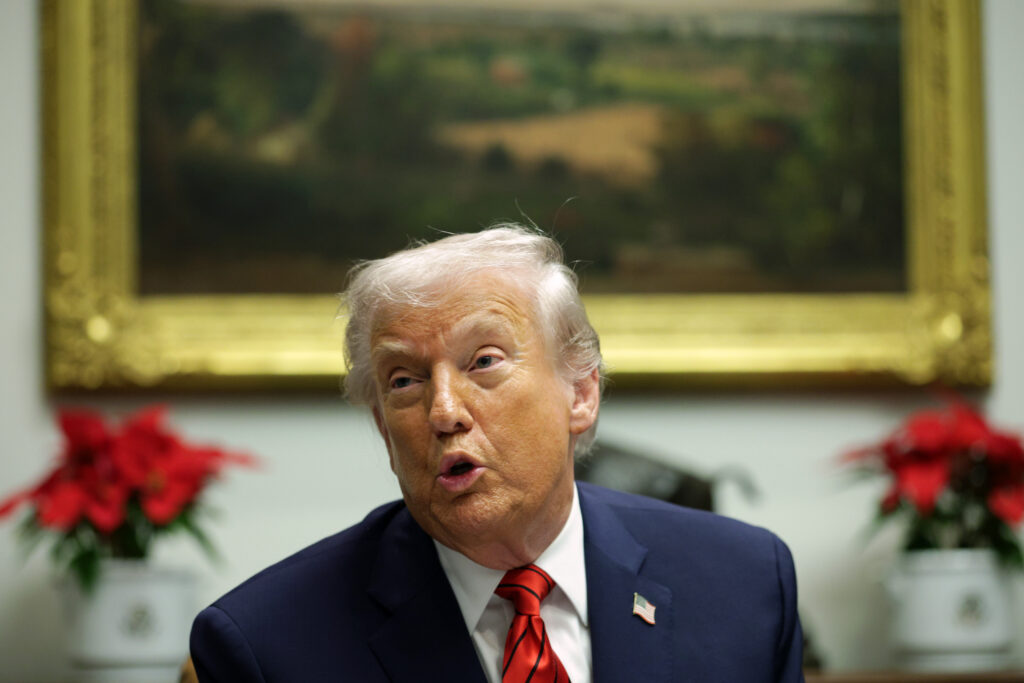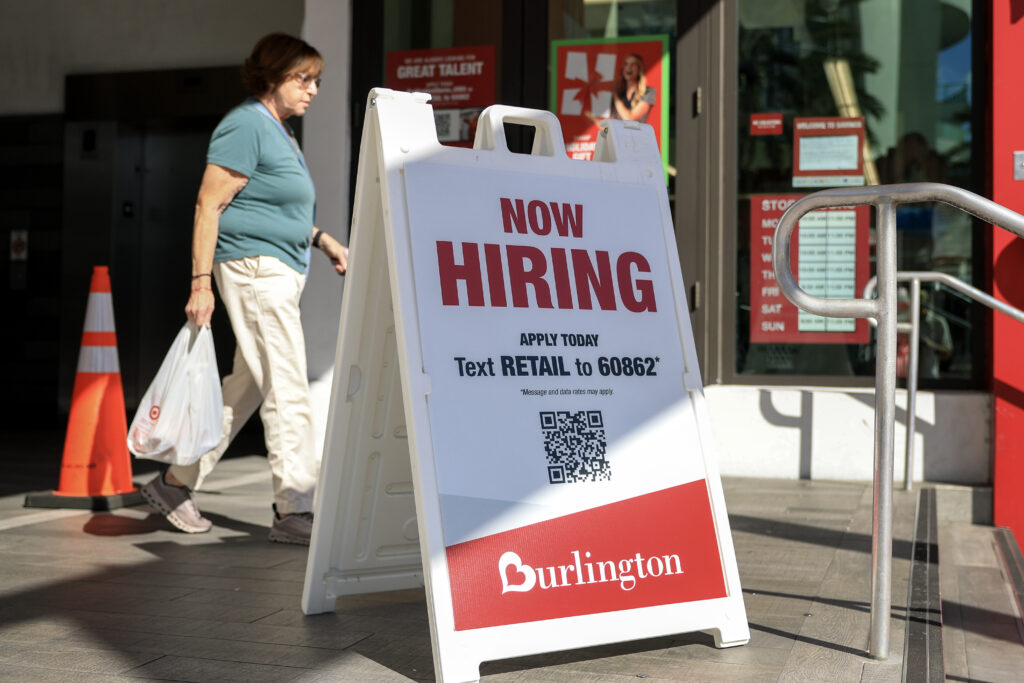Stocks rise as US inflation cools, tech stocks bounce
Equity markets mostly rose on Thursday as investors welcomed cool US inflation data while tech stocks bounced and central banks avoided monetary policy surprises.US consumer inflation slowed unexpectedly in November, climbing 2.7 percent from a year ago, coming in considerably below analysts’ predictions of a 3.1-percent uptick.”Although this is just one inflation reading — and admittedly not the Fed’s preferred inflation gauge — easing inflation concerns could open the door to a more accommodative Fed moving forward,” said eToro analyst Bret Kenwell.Wall Street’s three main indices pushed higher, with the tech-heavy Nasdaq Composite finishing up 1.4 percent.Large tech companies bounced following blowout results from chip company Micron Technology, which surged more than 10 percent after reporting that quarterly profits nearly tripled to $5.2 billion as it benefits from the AI boom.Other big AI players also prospered, with Google parent Alphabet, Nvidia and Facebook parent Meta Platforms all winning about two percent or more. Oracle, which endured a bruising session on Wednesday, climbed 0.8 percent.”The sector got a boost from a strong set of quarterly results from Micron Technology,” said Trade Nation analyst David Morrison.”The question now is if today’s bounce is a dip-buying opportunity which morphs into a ‘Santa Rally’, or if it is simply a round of short-covering ahead of another lurch lower,” said Morrison.Hopes for an end-of-year rally, often called a Santa Claus Rally, face potential headwinds this year due to questions about Fed policy and scrutiny of lofty AI equity valuations.The Bank of England, as expected, cut its key interest rate to 3.75 percent after UK inflation eased faster than expected and as the economy weakened.The European Central Bank held rates steady, also as expected, while it raised growth forecasts for this year and next.It was the fourth meeting in a row where the ECB held rates steady following a year-long series of cuts.”The new macroeconomic projections suggest there is little scope for further easing in the short term,” said GianLuigi Mandruzzato, senior economist at EFG Asset Management.ECB chief Christine Lagarde indicated that “all optionalities should be on the table” regarding future interest rate decisions, citing high global “uncertainty.”Both Frankfurt and Paris stocks ended the day higher.Asian stock markets mostly sank Thursday after Wednesday’s sell-off on Wall Street as worries over the tech sector’s colossal spending on artificial intelligence continued to dog investor sentiment.- Key figures at around 2115 GMT -New York – Dow: UP 0.1 percent at 47,951.85 (close)New York – S&P 500: UP 0.8 percent at 6,774.76 (close)New York – Nasdaq Composite: UP 1.4 percent at 23,006.36 (close)London – FTSE 100: UP 0.7 percent at 9,837.77 (close) Paris – CAC 40: UP 0.8 percent at 8,150.64 (close)Frankfurt – DAX: UP 1.0 percent at 24,199.50 (close)Tokyo – Nikkei 225: DOWN 1.0 percent at 49,001.50 (close)Hong Kong – Hang Seng Index: UP 0.1 percent at 25,498.13 (close)Shanghai – Composite: UP 0.2 percent at 3,876.37 (close)Euro/dollar: DOWN at $1.1721 from $1.1741 on WednesdayPound/dollar: UP at $1.3378 from $1.3376Dollar/yen: DOWN at 155.63 yen from 155.69Euro/pound: DOWN at 87.62 pence from 87.72Brent North Sea Crude: UP 0.2 percent at $59.81 per barrelWest Texas Intermediate: UP 0.4 percent at $56.15 per barrelburs-jmb/msp
